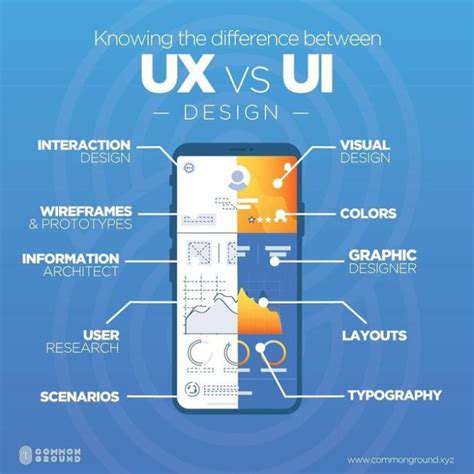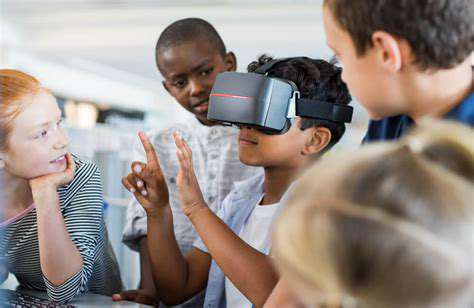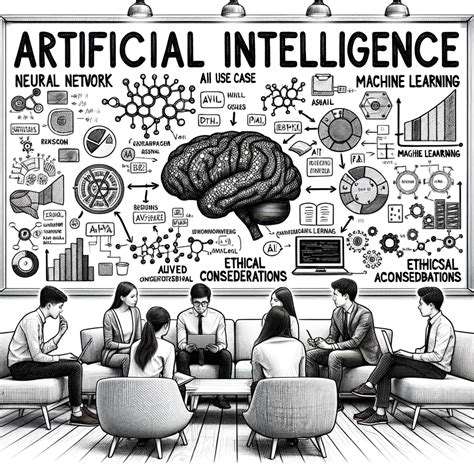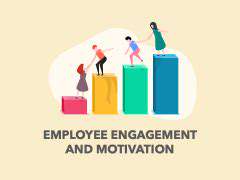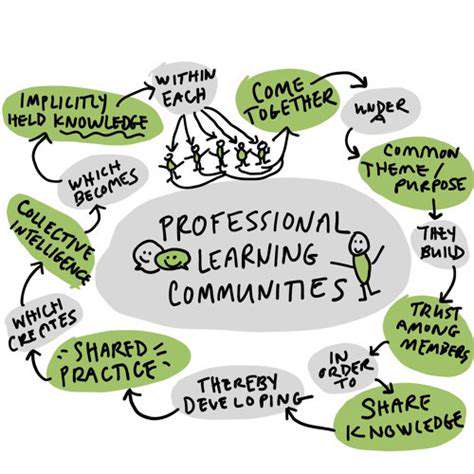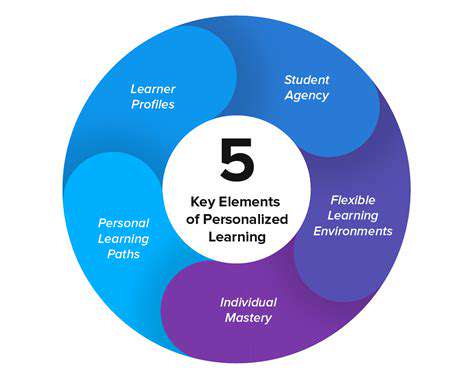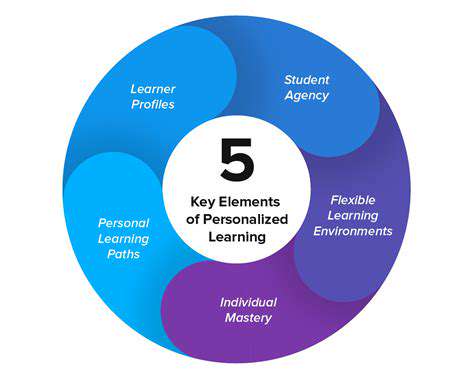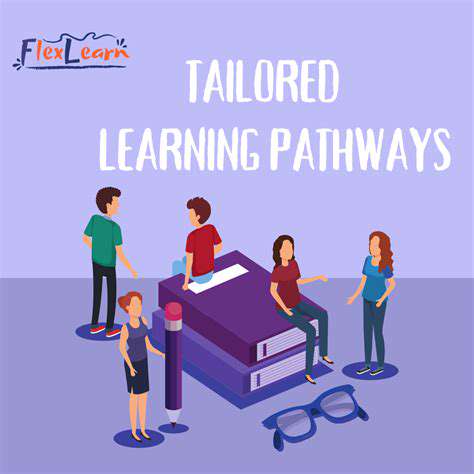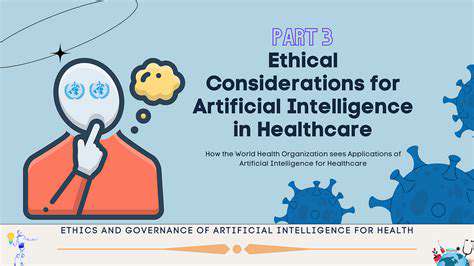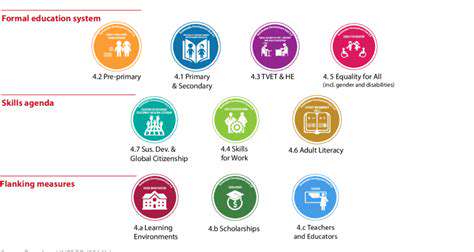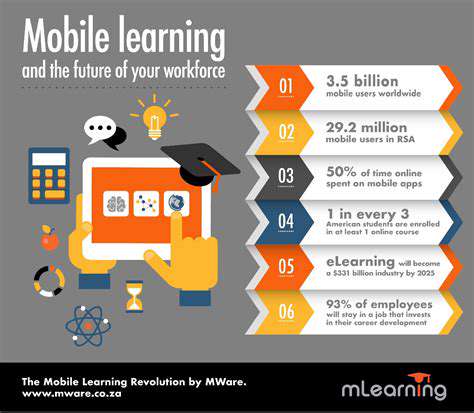Why EdTech is More Than Just a Buzzword
Beyond the Buzzwords: Real-World Integration
Educational technology (EdTech) is often portrayed as a futuristic solution, but its real-world implementation demands a thoughtful strategy. The key lies in seamlessly blending these tools with existing teaching methods to create meaningful learning experiences. Simply introducing devices like tablets isn’t enough; educators must align technology with pedagogical objectives and student requirements.
Adopting EdTech effectively requires a shift in perspective. Rather than replacing teachers, technology should serve as a tool to amplify their impact. This involves comprehensive teacher training, continuous support, and fostering a classroom environment where students can confidently explore and develop new skills.
Personalized Learning Paths: Tailoring Education to Individual Needs
One of EdTech’s standout features is its capacity to customize learning. Adaptive platforms assess student performance dynamically, pinpointing strengths and weaknesses to adjust the curriculum. This individualized approach lets students learn at their own pace and focus on areas needing improvement, leading to better outcomes.
Accessibility and Inclusivity: Expanding Educational Opportunities
EdTech breaks down barriers for students with diverse learning needs. Tools like text-to-speech, adjustable fonts, and interactive simulations create inclusive environments where every student can thrive. Such features not only boost engagement but also level the playing field for learners of all abilities.
Moreover, EdTech connects students in remote areas with global resources, fostering a worldwide learning community. This eliminates geographical limitations and opens doors to opportunities beyond local constraints.
Data-Driven Insights: Measuring and Improving Educational Outcomes
EdTech platforms generate valuable data on student performance, offering insights into learning patterns and challenges. Educators can use this information to refine teaching strategies and provide targeted support. Data analytics also reveal trends that might otherwise go unnoticed, enabling timely interventions for struggling students.
The Role of Teacher Training and Professional Development
Successful EdTech integration hinges on teacher preparedness. Educators need training to use these tools effectively and design engaging lessons. Ongoing mentorship and access to expert resources ensure teachers stay updated on the latest innovations, maximizing technology’s potential in the classroom.
Beyond the Classroom: Connecting Learning to the Real World
EdTech bridges the gap between theory and practice. Virtual field trips, simulations, and online projects let students apply knowledge in real-world contexts, enhancing critical thinking. These experiences make learning more relevant and prepare students for future careers by developing practical skills.
Personalized Learning: Tailoring Education to the Individual
Understanding the Need for Personalized Learning
Personalized learning addresses the fact that students absorb information differently. It rejects a uniform approach, instead adapting to each learner’s unique needs and preferences. This method fosters a more engaging and effective educational experience by accommodating diverse backgrounds and learning styles.
The Role of Technology in Personalized Learning
EdTech enables personalized learning through adaptive software that tracks progress and tailors content. By delivering material in varied formats and providing instant feedback, these tools cater to individual learning preferences, enhancing comprehension and retention.
Benefits of Personalized Learning for Students
Students gain deeper understanding by learning at their own pace, focusing on challenging areas while advancing through familiar concepts. This autonomy increases motivation and cultivates self-directed learning habits.
Personalized Learning and Teacher Empowerment
EdTech equips teachers with insights into student progress, allowing for targeted instruction. This fosters stronger teacher-student relationships and more effective teaching strategies tailored to individual needs.
Challenges in Implementing Personalized Learning
Barriers include access to technology and ensuring equity across socioeconomic divides. Addressing these challenges is essential to democratize the benefits of personalized learning.
Measuring the Effectiveness of Personalized Learning
Tracking progress and analyzing data helps refine personalized approaches. Continuous evaluation ensures these methods evolve to meet student needs, maximizing academic success.
The Future of EdTech: Embracing Continuous Innovation
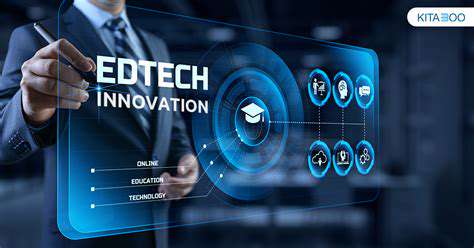
The Rise of Personalized Learning
Personalized learning is reshaping education, replacing rigid models with adaptable, student-centric approaches. Adaptive algorithms analyze performance in real-time, delivering tailored content that boosts engagement and mastery. This method not only closes learning gaps but also nurtures a passion for education by respecting individual pacing.
Collaborative Learning Environments
Technology connects students globally, enabling teamwork and idea exchange. These platforms prepare learners for a globalized workforce by honing communication and problem-solving skills.
Integrating Technology for Enhanced Engagement
Interactive tools like gamified lessons and virtual field trips make learning immersive. Educators leverage data from these platforms to tailor instruction, ensuring each student’s needs are met.
Read more about Why EdTech is More Than Just a Buzzword
Hot Recommendations
- Attribution Modeling in Google Analytics: Credit Where It's Due
- Understanding Statistical Significance in A/B Testing
- Future Proofing Your Brand in the Digital Landscape
- Measuring CTV Ad Performance: Key Metrics
- Negative Keywords: Preventing Wasted Ad Spend
- Building Local Citations: Essential for Local SEO
- Responsive Design for Mobile Devices: A Practical Guide
- Mobile First Web Design: Ensuring a Seamless User Experience
- Understanding Your Competitors' Digital Marketing Strategies
- Google Display Network: Reaching a Broader Audience
